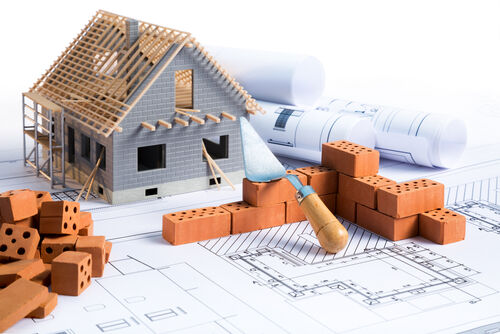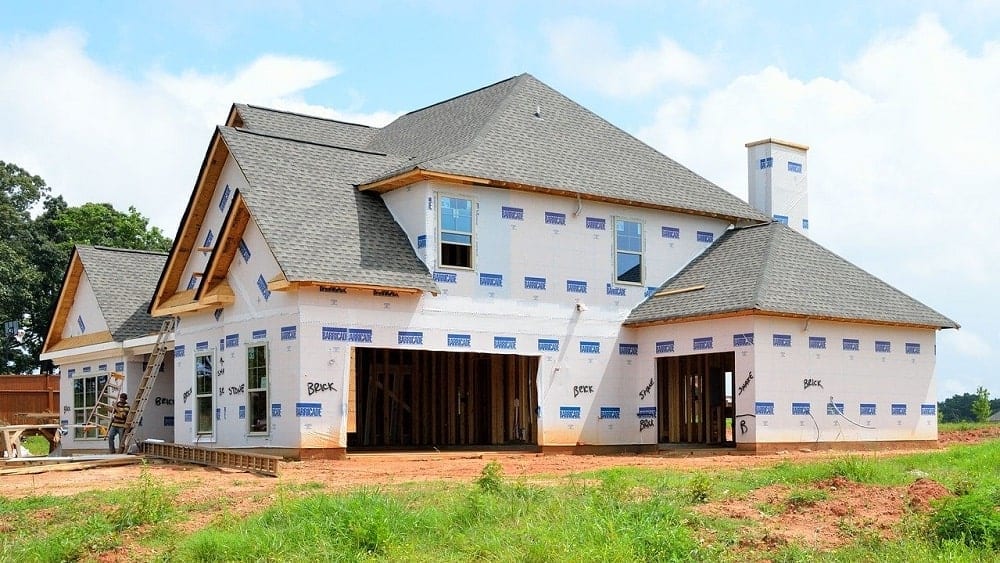Full-Service General Contractor Indiana for Full Residential Or Commercial Property Changes
Full-Service General Contractor Indiana for Full Residential Or Commercial Property Changes
Blog Article
How a General Specialist Can Change Your Common Areas Into Practical Spaces
The makeover of usual locations into useful spaces is a nuanced procedure that requires a basic contractor's knowledge in analyzing certain area requirements and making tailored services. By considering elements such as format, ease of access, and visual allure, a specialist can develop atmospheres that not just serve useful functions yet additionally foster neighborhood interaction.
Assessing Current Common Area Requirements
When examining common areas, it is necessary to determine and recognize the specific needs of the neighborhood they offer. This procedure starts with a thorough evaluation of present use patterns, which includes celebration information walking website traffic, peak usage times, and activities happening within these areas. Engaging with neighborhood participants with conferences or studies can give valuable insights into their preferences and challenges.
Next, it is essential to take into consideration the group make-up of the area, consisting of age, way of living, and any kind of unique demands that might impact exactly how these areas are utilized. For example, families with kids might call for backyard, while older adults may focus on access attributes.
Additionally, reviewing the existing facilities and amenities is critical. Recognizing locations that are underutilized or in requirement of repair can inform possible enhancements. Collaborating with stakeholders, such as home supervisors and regional organizations, makes certain that the evaluation reflects a detailed understanding of the neighborhood's demands.
Eventually, a precise evaluation of existing common location needs lays the groundwork for reliable improvements, permitting the development of areas that foster involvement and improve the general lifestyle within the neighborhood.
Designing for Functionality and Looks
A thorough understanding of neighborhood needs establishes the stage for reliable layout that balances performance and aesthetic appeals alike areas. Effective design needs a thoughtful approach that thinks about both the sensible uses the area and the aesthetic appeal that improves the setting.
Useful style requires creating spaces that satisfy the details activities and interactions of the neighborhood. This could consist of versatile seating setups for celebrations, obtainable paths for individuals with movement obstacles, or marked areas for leisure tasks. Each component has to serve a purpose while guaranteeing simplicity of activity and convenience for customers.
Looks play an important function in cultivating an inviting ambience. The selection of shades, materials, and lighting can substantially influence the assumption of a room. Incorporating natural aspects, such as greenery or water functions, can improve the atmosphere and produce a calming atmosphere. Furthermore, lining up the style with the neighborhood's cultural identity can foster a sense of belonging and pride.
Budgeting and Resource Allocation
Reliable budgeting and source allowance are crucial components in the successful makeover of typical areas. A well-defined budget plan details the monetary parameters within which the task need to run, ensuring that prices are managed and sources are successfully used. This starts with a thorough analysis of job needs, consisting of design components, materials, and labor.

A basic service provider plays a critical duty in this stage, teaming up with stakeholders to develop practical budget plan quotes that align with the intended vision. By prioritizing vital functions and exploring economical choices, the contractor can optimize costs without endangering top quality.
Source allowance involves tactically assigning personnel, click resources equipment, and products to various stages of the task (Carmel In Contractor). This requires careful planning to stay clear of hold-ups and ensure that each element is delivered promptly. Additionally, normal monitoring of expenses versus the budget aids to identify potential overruns early, permitting timely changes
Handling Building Refine Successfully
Taking care of the construction process successfully is important for accomplishing prompt project completion and preserving spending plan stability. A well-coordinated strategy involves meticulous planning, clear communication, and effective resource management. General specialists need to develop a detailed project timeline that describes each phase of building, permitting for the recognition of prospective bottlenecks and important landmarks.
Regular progress conferences are critical for maintaining all stakeholders educated and straightened. These conferences assist in the timely resolution of problems, making sure that the job remains on track. Furthermore, utilizing project monitoring software program can enhance communication, track progress, and manage documents, minimizing the chance of delays and misconceptions.
Effective source allocation is also critical. By guaranteeing that materials, labor, and tools are offered when needed, basic specialists can avoid costly disruptions. Implementing an aggressive technique to run the risk of management more enhances efficiency, as it allows for the identification and reduction of possible challenges before they rise.

Making Certain Compliance and Top Quality Specifications
Compliance and high quality criteria are essential to the success of any building project, guaranteeing that the finished spaces not only meet customer assumptions however also stick to regulative requirements. A general professional plays a pivotal function in enforcing these standards throughout the construction process.
First, it is necessary for the contractor to stay upgraded on local building ordinance, safety and security guidelines, and sector finest techniques. This expertise enables them to assist style selections and material choices that straighten with compliance standards. Regular inspections and high quality analyses throughout the construction stage assistance to identify prospective concerns early, alleviating costly hold-ups and rework.
Furthermore, a trusted general specialist cultivates a society of top quality amongst subcontractors and employees. This can be attained by giving training on conformity protocols and applying rigorous quality assurance actions. By developing clear interaction channels, the professional can guarantee that everyone involved recognizes their responsibilities regarding compliance and top quality.
Verdict
To conclude, the duty of a basic service provider in changing usual locations into useful spaces is critical. With a detailed assessment of neighborhood requirements, thoughtful style, thorough budgeting, and effective job management, these experts can create settings that improve use and visual charm. Adherence to compliance and top quality requirements additionally guarantees that revitalized rooms not find out here only fulfill the expectations of stakeholders yet likewise foster engagement and improve the overall experience website here for all customers within the neighborhood.
The transformation of typical areas right into functional rooms is a nuanced process that calls for a general professional's knowledge in assessing specific neighborhood requirements and designing tailored services. By taking into consideration variables such as design, availability, and visual allure, a specialist can develop atmospheres that not just serve useful objectives however additionally foster community interaction. General contractors should develop a detailed job timeline that lays out each stage of construction, enabling for the recognition of crucial turning points and possible bottlenecks.

Report this page